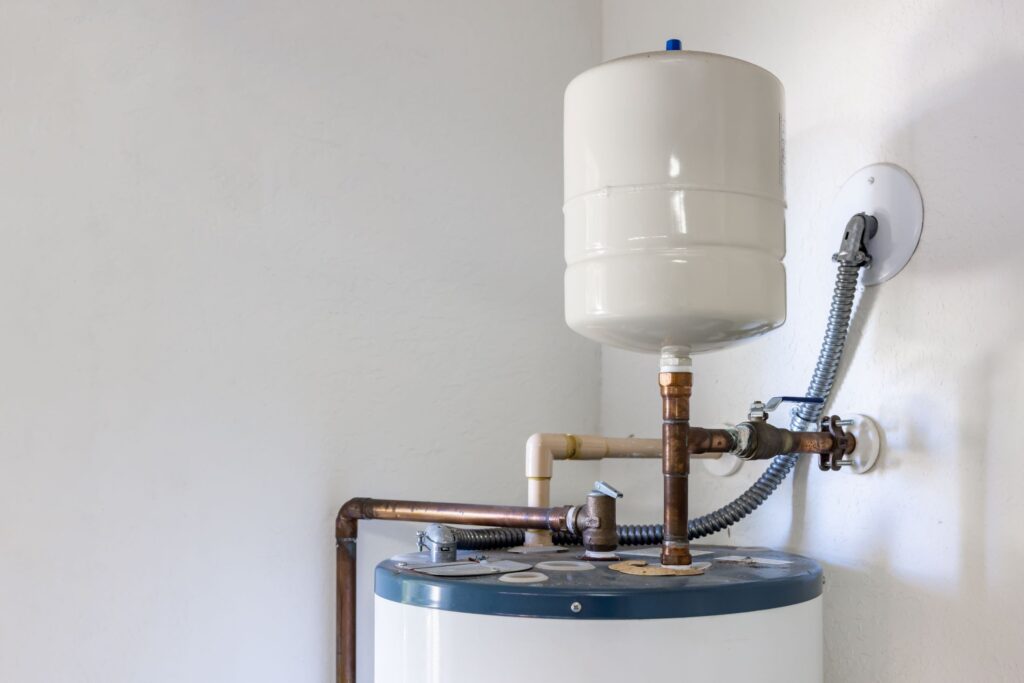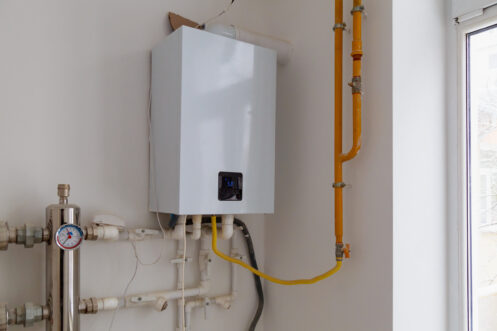Effective Strategies for Maintaining Your Home's Hot Water SystemEasy Guide to Maintaining Your Home's Hot Water System
Effective Strategies for Maintaining Your Home's Hot Water SystemEasy Guide to Maintaining Your Home's Hot Water System
Blog Article
The content in the next paragraphs pertaining to How to Maintain Your Water Heater & Prolong its Life is amazingly motivating. Don't skip it.

Warm water is crucial for day-to-day convenience, whether it's for a rejuvenating shower or washing dishes. To ensure your hot water system runs efficiently and lasts much longer, regular upkeep is vital. This write-up gives sensible pointers and understandings on exactly how to maintain your home's hot water system to avoid disturbances and pricey fixings.
Introduction
Maintaining your home's hot water system could appear complicated, however with a few straightforward actions, you can guarantee it operates smoothly for years to find. This guide covers everything from recognizing your hot water system to do it yourself upkeep pointers and recognizing when to call expert assistance.
Significance of Maintaining Your Warm Water System
Routine maintenance not just prolongs the life expectancy of your hot water system yet likewise ensures it runs effectively. Overlooking maintenance can bring about reduced performance, greater energy costs, and even premature failing of the system.
Indications Your Hot Water System Demands Maintenance
Recognizing when your warm water system needs focus can stop major concerns. Watch out for indications such as irregular water temperature level, unusual sounds from the heating unit, or rusty water.
Recognizing Your Hot Water System
Prior to diving into upkeep tasks, it's helpful to recognize the basic parts of your hot water system. Commonly, this includes the hot water heater itself, pipes, anode poles, and temperature controls.
Month-to-month Upkeep Tasks
Routine month-to-month checks can help capture minor problems prior to they intensify.
Purging the Water Heater
Purging your hot water heater eliminates debris buildup, boosting efficiency and extending its life.
Checking and Replacing Anode Rods
Anode poles avoid deterioration inside the tank. Checking and changing them when worn is critical.
Examining and Changing Temperature Settings
Readjusting the temperature settings makes certain optimal efficiency and safety and security.
DIY Tips for Upkeep
You can execute several upkeep jobs yourself to keep your warm water system in leading condition.
Checking for Leakages
Routinely inspect pipelines and links for leakages, as these can result in water damage and higher costs.
Examining Stress Relief Valves
Evaluating the pressure safety valve guarantees it operates correctly and avoids extreme pressure accumulation.
Protecting Pipelines
Shielding hot water pipes minimizes warmth loss and can conserve power.
When to Call a Professional
While DIY maintenance is helpful, some problems call for specialist proficiency.
Complex Issues Calling For Specialist Aid
Examples include major leaks, electrical problems, or if your water heater is constantly underperforming.
Regular Expert Upkeep Perks
Specialist upkeep can consist of detailed inspections, tune-ups, and ensuring compliance with safety standards.
Conclusion
Regular maintenance of your home's hot water system is essential for efficiency, longevity, and cost savings. By adhering to these pointers and recognizing when to look for specialist aid, you can make sure a trustworthy supply of warm water without unforeseen disruptions.
How to Maintain an Instant Hot Water Heater
Before tinkering with your hot water heater, make sure that it’s not powered on. You also have to turn off the main circuit breaker and shut off the main gas line to prevent accidents. Also turn off the water valves connected to your unit to prevent water from flowing into and out of the appliance. 2. When you’re done, you have to detach the purge valves’ caps. These look like the letter “T” and are situated on either side of the water valves. Doing so will release any pressure that has accumulated inside the valves while at the same time avoid hot water from shooting out and burning your skin. 3. When the purge valves’ caps are removed, you have to connect your hosing lines to the valves. Your unit should have come with three hoses but if it didn’t, you can purchase these things from any hardware or home repair shops. You can also get them from retail stores that sell water heating systems. Read the user’s manual and follow it to complete this task properly. When the hosing lines are connected, open the purge port’s valves. 4. You should never use harsh chemical cleaners or solutions when cleaning your unit. Make use of white vinegar instead. It should be undiluted and you’ll probably use about 2 gallons. 5. Now flush your water heater. This task should probably take about 40 minutes. We can’t give you specific directions for this because the procedure is carried out depending on the type, model and brand of your heater. With that being said, refer to the user’s manual. 6. When you’re done draining the unit, you have to turn off the purge port valves again. Remove the hosing lines that you earlier installed on each of the water valves. Put the valve caps (purge port) back in their respective places and be very careful so as not to damage the rubber discs that are found inside these caps. 7. Now that everything’s back in place, check your user’s manual again to find out how to reactivate your water heating system. 8. Once it is working, turn one of your hot water faucets on just to let air pass through the heater’s water supply pipes. Leave the tap on until water flows smoothly out of it. https://www.orrplumbing.com/blog/2014/september/how-to-maintain-an-instant-hot-water-heater/

As an avid person who reads about How to Maintain Your Water Heater & Prolong its Life, I think sharing that piece of content was really helpful. Kindly take a moment to share this blog post if you enjoyed it. I praise you for being here. Don't hesitate to check up our website back soon.
Request Free Estimate Report this page